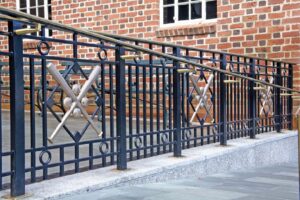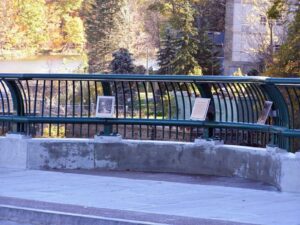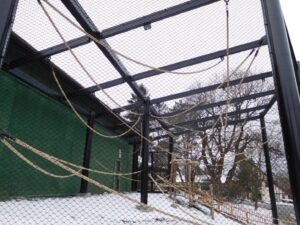Poplar Island in Chesapeake Bay stands as a national exemplar for habitat restoration and the advantageous use of dredged material, playing a pivotal role in its ecological rejuvenation and the economic prosperity of the region.
In collaboration with the Maryland Department of Transportation, Maryland Port Administration, and various Federal and State agencies, the Corps of Engineers is spearheading the restoration efforts using dredged material from the Baltimore Harbor and Channels Federal navigation projects. This initiative aims to revive Poplar Island, which had dwindled to about four acres by the early 1990s, facing the imminent threat of disappearance.
The spillway control structure, a crucial component of the restoration, is meticulously designed to regulate water levels during the establishment of the tidal wetland. As approximately 68 million cubic yards of dredged material are strategically placed to develop 776 acres of wetlands, 829 acres of uplands, and 110 acres of open water embayment, the spillway control structure serves as a key element in the re-establishment process.
Given the brackish waters of the Chesapeake Bay Estuary, robust corrosion protection for the spillway control structure is imperative. Hubbell Galvanizing’s expertise is instrumental in ensuring the structure remains free from corrosion, offering resilience against the challenging environmental conditions. The structure’s durability becomes even more critical as it undergoes several years of drainage and grading to achieve the desired topography. Once full stabilization is attained, the control structure will be replaced with open breaches to the bay, marking a successful restoration that highlights the importance of Hubbell Galvanizing in preserving vital ecological projects.




